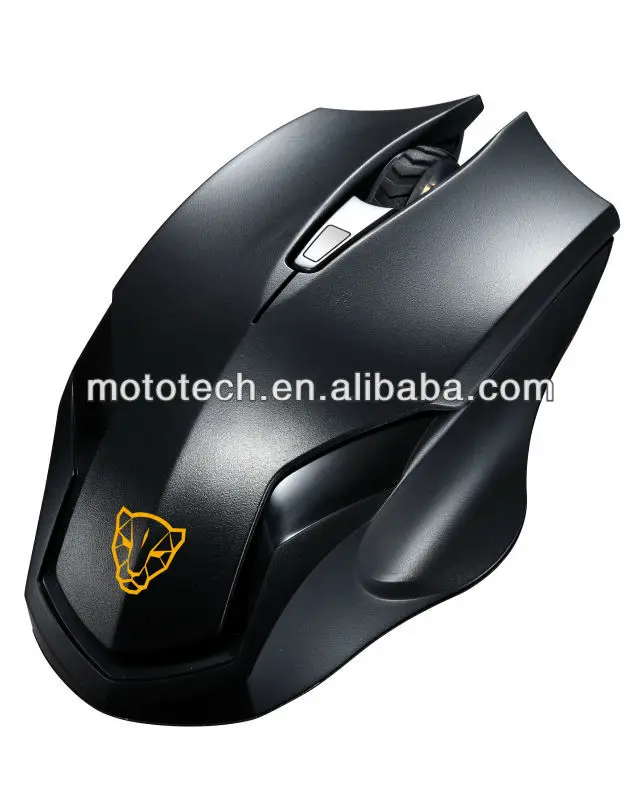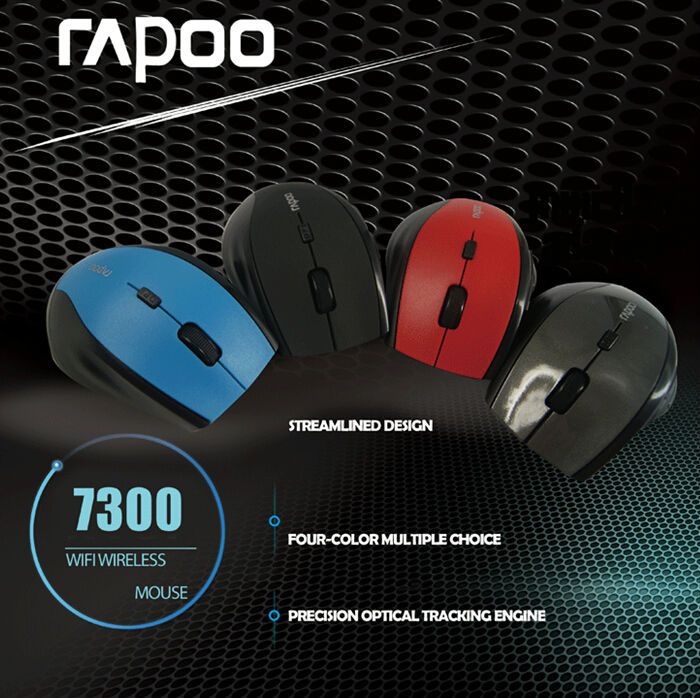Optical Mouse Tested To Comply With Fcc Standards Driver
Regulatory Compliance FCC -A Radio Frequency Interference Statement This equipment has been tested and found to comply with the limits for a class A digital device, pursuant to part 15 of the FCC rules. These limits are designed to provide reasonable protection against harmful interference when the equipment is operated in a commercial environment. HHD Software Free Hex Editor 3.1 is a. Home Plan and Landscape Design Software for Windows that's free and easy to. Using 'janome digitizer software free.
- 2.4 Ghz Wireless Optical Mouse Tested To Comply With Fcc Standards Driver
- Optical Mouse Tested To Comply With Fcc Standards Drivers
- Optical Mouse Tested To Comply With Fcc Standards Drivers License
Description
This item is from the PC Hardware FAQ, by Willie Lim and Ralph Valentino with numerous contributions by others. (v1.25).
[From: scharf@mirage.nsc.com (Steve Scharf)]
FCC Part 15 EMI Certification and UL/CSA/TUV Safety Certification
FCC Part 15 Certification of Computer Equipment
The basic thing to understand is that SYSTEMS are certified, Not individual circuit boards (though in most cases add-on cards ARE certified), not motherboards, not cases, and not power supplies.
Class A & B
Class A is for systems that will be used only in a commercial environment.
Class A is more lax than Class B.
Class B is stricter, and is for systems that will be used in a home.
A manufacturer cannot simply declare that a system is not intended for home use and test to the more lax Class A limits (believe me, they tried this). A high end file server with a RAID array of drives and multiple network connections would qualify for Class A. A simple Pentium 100 desktop or Power PC would not.
FCC Certified Peripherals and Add-On Cards
Most add-on cards and peripherals (disk drives, floppy drives, CD-ROM drives, tape drives, etc.) have their own FCC certification. This is so they can be sold separately. They would technically not need to be certified separately if the system in which they are installed is certified as a unit.

Once a SYSTEM has passed FCC certification, a manufacturer may swap or add FCC certified cards and peripherals and retain compliance even though the system may technically exceed the limit with the different peripherals. I believe the FCC still has the right to demand that the system be in actual compliance with the emissions limits.
Motherboards
The FCC has twice considered requiring motherboards be FCC certified and has twice rejected the idea. Of course there is great appeal to system manufacturers of this concept. Once a system is certified, the manufacturer could swap everything except the case and power supply and not have to re-test.
The problem with this concept is that there could be no guarantee that the case that the motherboard was ultimately installed in, would be as good as the one that it was originally certified in. It would be easy to manufacture a very EMI tight case at great expense, inside which nearly any motherboard could pass. I don't believe ANY 386 or greater class of motherboard could pass outside of a case.
The Independent Testing Labs were very vocal against the certification of motherboards since it would have seriously affected their business.
Power Supplies and Cases
Power supplies and cases are NOT FCC certified.
Keyboards and Mice
These are not required to be certified seperately if they are sold as part of a system, but in most cases they are certified separately so they can be sold separately.

Monitors, Printers, Externally Powered Peripherals
Each has their own certification. It actually has gotten very difficult to manufacture monitors that can meet Class B. This is why so many monitors have the plastic enclosed ferrite bead on the interface cable.
Swapping Motherboards, Power Supplies, and Cases.

You may not swap motherboards, power supplies, or cases, without re-certification.
Bare Bones Systems
Some motherboard manufacturers sell 'bare bones' systems. This is the motherboard, power supply, and case, that has been FCC certified with some add-on cards and peripherals. The reseller can add any certified add-on cards and peripherals and retain compliance. For each new motherboard they recertify the bare bones system.
The bare bones system concept has not been very successful in the chop shop type stores. This is because the bare bones systems cannot use the lowest quality and cheapest case and power supply, and thus costs several dollars more than what a chop shop normally uses. The bare bones systems are also sometimes UL and CSA certified which necessitates better quality (and thus more costly) power supplies and cases.
How Add-On Card Makers Certify Their Cards.
What all add-on card makers do, is to certify their cards in a 'golden' system; a system with an excellent low noise (often low speed) motherboard and a high quality well shielded case and power supply. It isn't their problem to certify cards in a crappy and noisy system. The original IBM AT running at 6 Mhz is a popular system for certifying add-on cards, though of course this doesn't work anymore with PCI or VL bus cards.
How System Vendors Certify Their Systems.
What most system makers do is to certify their systems with the lowest noise add-on cards and peripherals they can find. Then they can swap in any FCC certified add-on cards and peripherals.
Thus the system you buy may legally be FCC certified even though it is over the emission limits. I think the FCC has built in leeway into the requirements to allow for this. I think that the FCC still has the right to insist that such a system meet the actual limits, but I doubt if they ever do anything about it.
How All The Small Stores Comply with FCC Part 15
Most small chop shop stores simply do not certify their systems. They are violating federal law and they usually get away with it since the FCC has very limited resources to enforce their rules.
The problem is actually solving itself as buyers become more educated. The systems assembled by the small stores are usually lower quality, often higher priced, and lack the warranty support of the systems sold by the top and middle tier vendors.
What About Build-It-Yourself
There is no certification requirement for do-it-yourself systems. However if their is a complaint lodged against you and the FCC investigates and finds you to be the cause of excessive emissions, then they can take action against you.
UL/ETL/CSA/TUV Safety Certification
UL-Underwriters Laboratories
CSA-Canadian Standards Association
TUV-German Safety Agency.
ETL-Electronic Testing Laboratories
These are product safety agencies. Most top tier systems are UL (or ETL)/CSA/TUV approved. Each agency now is supposed to inspect to the same international standards, but some policies are different in each agency.
The approval process is pretty simple despite all the requirements, but it can be costly so the cost needs to be amortized over a lot of systems.
This is a partial list of the requirements:
No high voltages can be accessible to the user, so the power switch may have no exposed contacts (this is a problem on some cheap cases). This is why the original PCs had a power supply with an integral switch on the side, and why the PS/2 had a front switch that was mechanically linked to the switch on the power supply by a long steel rod
The power supply must be UL/CSA/TUV approved (low quality power supplies cannot pass this approval so this is a good indication of at least minimal quality of a power supply).
All peripherals powered by the system must have fuses in the power lines. This means PS/2 mice and all keyboards. They don't want a short in the keyboard or mouse setting the cable on fire (this is ridiculous, since the power supply would shut down if the +5volts was shorted to ground, but it is still a requirement).
The lithium battery must be double protected against being charged by the system. Two diodes are typically used for this.
All circuit board materials must meet flame ratings.
Proper labeling of power connections, fuses, and switches is required.
There are limitations on the colors of switches and lamps, i.e. no red LEDs (which indicate danger).
All peripherals must be approved separately.
2.4 Ghz Wireless Optical Mouse Tested To Comply With Fcc Standards Driver
A 'finger' test to be sure that fingers cannot touch moving parts like fans is performed.
The agency will test the system FULLY LOADED with peripherals and load boards to simulate maximum power supply load. Afterwards, depending on the agency, you can swap approved peripherals. UL requires that you submit a list of which approved peripherals you will swap and investigates every one to be sure that current limits are not exceeded. CSA and TUV do not require this. UL is a royal pain, since there are so many different peripherals, and so many new ones are being introduced.
All plastics must be approved. The agency will attempt to set the unit on fire.

Towers are subject to a 'tip test,' which necessitates the use of bases on the case. Tower PC's are especially poorly designed for the tip test since all the heaviest components are at the top.
You must perform certain test procedures on each system to check shock hazards. This is called Hi-Pot testing. The test machines must be calibrated periodically.
You must affix proper labels, and there are very strict requirements on the materials, the ink, the logos, etc.
The agency will inspect your factory and then conduct periodic and/or random inspections to ensure that you are complying with all the rules.
Do You need these Safety Approvals?
In the United States there is no federal requirement that electrical equipment be approved. Some counties and cities DO have this requirement. Most recognize UL, ETL, or CSA, and some may recognize others as well.
Some bare bones systems have UL/CSA approval, but since UL must approve a system's peripherals as they change, it is uncommon. Some manufacturers are getting just CSA since it is valid in most places in the U.S. that require certification.
Companies that export systems to Canada and Europe must have the appropriate approvals.
As you would expect, very very few, if any, chop shops can get these safety approvals. In reality, the systems they build would be pretty close to passing, providing they use the proper power supplies and switches, since nearly all motherboards and peripherals meet the proper requirements.
The safety approvals do usually ensure a modicum of quality, since no fly-by-night factory could hope to meet the safety standards. Still there are instances of really poor equipment passing all the appropriate safety approvals.
As an aside, in Germany many types of products are subject to TUV testing, not just electronics. TUV designs appropriate tests for the product category. The bicycle/ski rack on the roof of my car is a TUV approved Thule rack, which has mounting systems far superior to their non-approved competitor. You can be fairly sure that it won't fly off the car at high speeds.
VDE Emissions Testing
Germany has different emissions requirements (which are accepted bymost European countries). VDE emissions approval is difficult toobtain becaues there are only a couple of labs in the United Statesthat VDE has allowed to certify systems. Thus, few PC's that are notintended for sale in Europe will have VDE approval.
Continue to:
- prev: 8.15 I've run out of power connectors, what can I do?
- next: 9.02 What do the industry acronyms stand for?